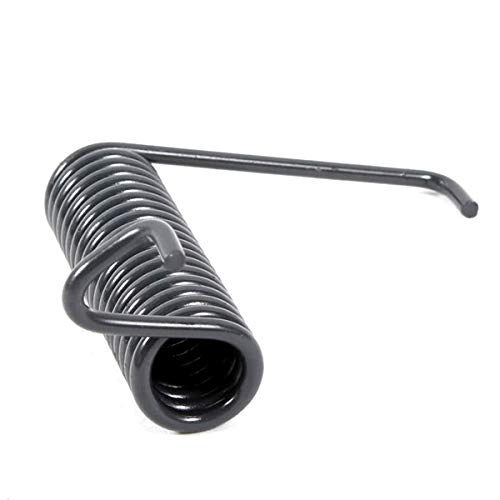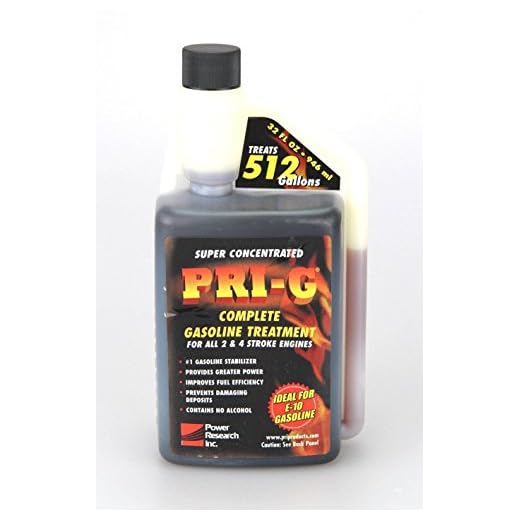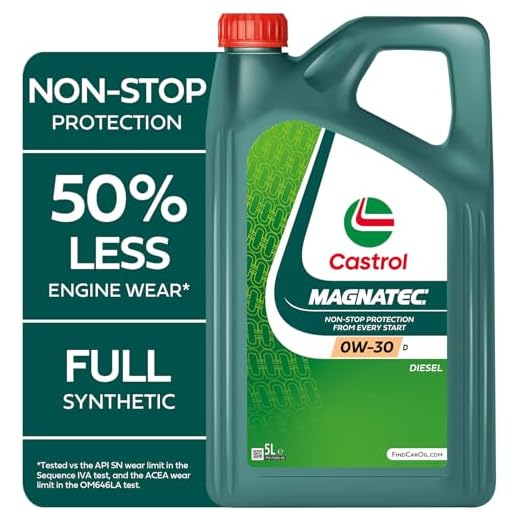

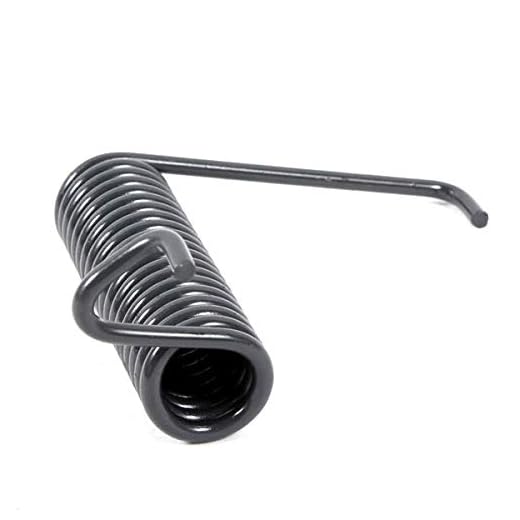

If you find it challenging to initiate your cleaning machine, the first step is to check the fuel or oil levels. Insufficient fuel or dirty oil can lead to resistance in the starting mechanism. Always ensure these fluids are at optimal levels and clean before attempting to engage the device.
Next, inspect the pull cord for any signs of damage or wear. A frayed or tangled cord can make ignition strenuous. Lubricating the recoil assembly may also help ease the effort required to engage the starter. Ensure you allow the machine to breathe; removing any debris from air intakes improves airflow, promoting easier ignition.
Another critical factor could be a clogged spark plug. If the spark plug is dirty or worn out, it may not ignite efficiently, leading to difficulty when starting. Regularly cleaning or replacing the spark plug ensures smooth operations and reduces the effort needed to initiate your equipment.
Lastly, consider the ambient temperature. Cold weather can make the engine oil thicker, impeding its flow. If operating in lower temperatures, using a lighter-grade oil designed for cold starts can significantly reduce resistance during the starting process. Keeping these aspects in check will enhance your experience with the equipment.
Understanding the Engine Type and Its Impact on Starting

A key factor influencing the ease of ignition is the engine type. Single-cylinder two-stroke engines typically demand a higher force to rotate, primarily due to their design and smaller displacement. In comparison, four-stroke engines often feature a larger volume, making them easier to engage.
Fuel quality significantly affects engine performance. Using stale or contaminated fuel can lead to increased resistance against starting. Always opt for fresh fuel that meets the manufacturer’s specifications. In addition, incorporating fuel stabilisers can extend fuel life and improve performance.
Another consideration is the condition of the engine itself. If the spark plug is worn or fouled, it can hinder combustion, making ignition challenging. Regular maintenance, including checking and replacing the spark plug as needed, ensures smooth operation.
The state of the recoil starter mechanism also plays a role. Dirt and debris can accumulate, causing friction and difficulty in engagement. Keeping this area clear and lubricated minimizes resistance and contributes to a more efficient starting process.
Finally, the engine’s compression level is a crucial element. Over time, piston rings may wear, leading to decreased compression and increased effort required for ignition. Monitoring and addressing this issue can reduce the strain during the starting phase.
Checking Fuel Quality and Its Role in Starting Issues
Fuel quality is a significant factor impacting ignition difficulties. I recommend examining your fuel first. Stale or contaminated fuel is a common culprit. Here’s how to assess and address this issue:
Signs of Bad Fuel
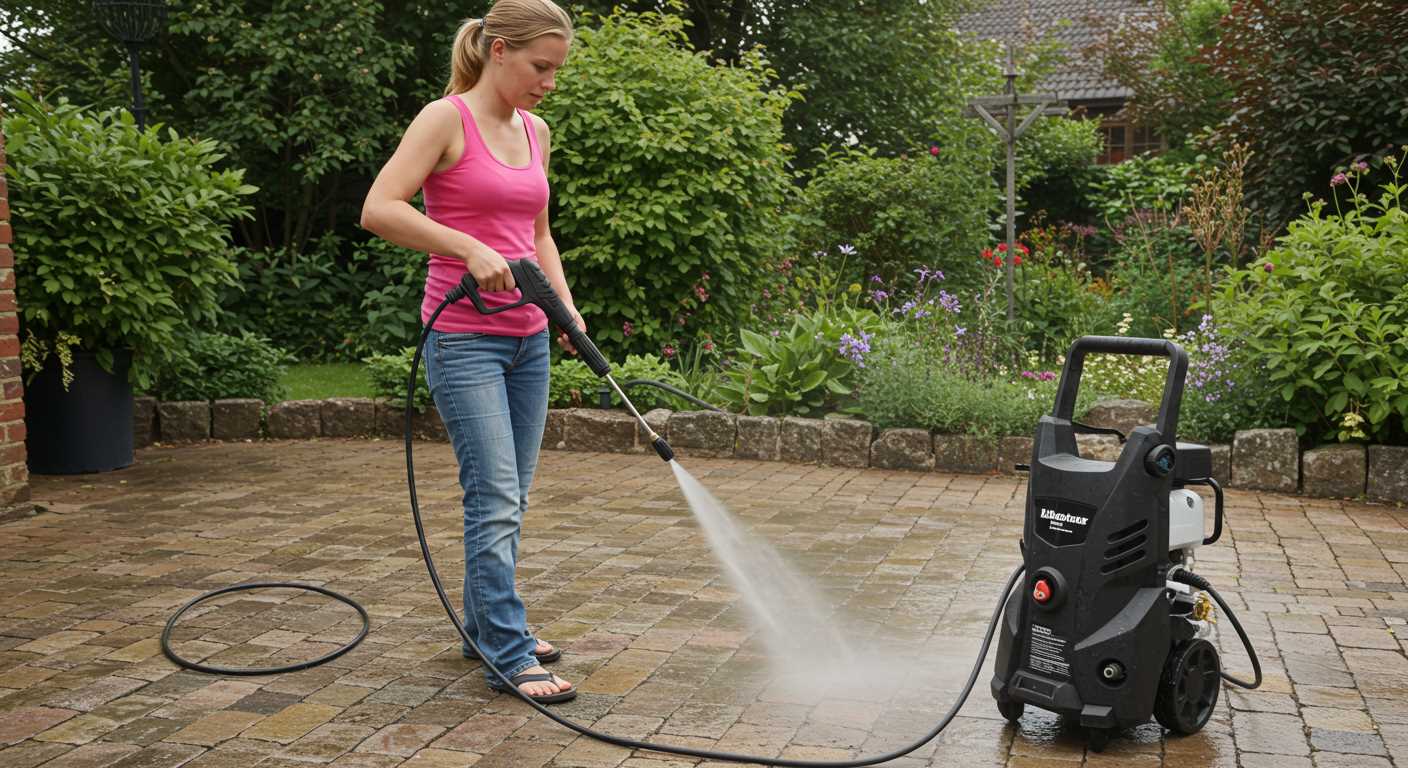
- Smell: If the fuel smells sour or has a varnish-like odour, it may be too old.
- Appearance: Look for separations, cloudy consistency, or debris in the fuel.
- Performance: If the engine sputters or fails to run smoothly, it could indicate fuel problems.
Steps to Ensure Quality Fuel
- Fresh Purchase: Use fresh fuel purchased within the last month.
- Additives: Consider using fuel additives that stabilise and clean the fuel system.
- Filter Check: Inspect and replace the fuel filter if it appears clogged.
- Fuel Tank Cleanliness: Clean the fuel tank to remove any sediment or build-up.
Always opt for fuel that meets the manufacturer’s specifications. This simple practice guarantees better performance and reduces starting complications significantly.
Examining the spark plug condition for easier starts
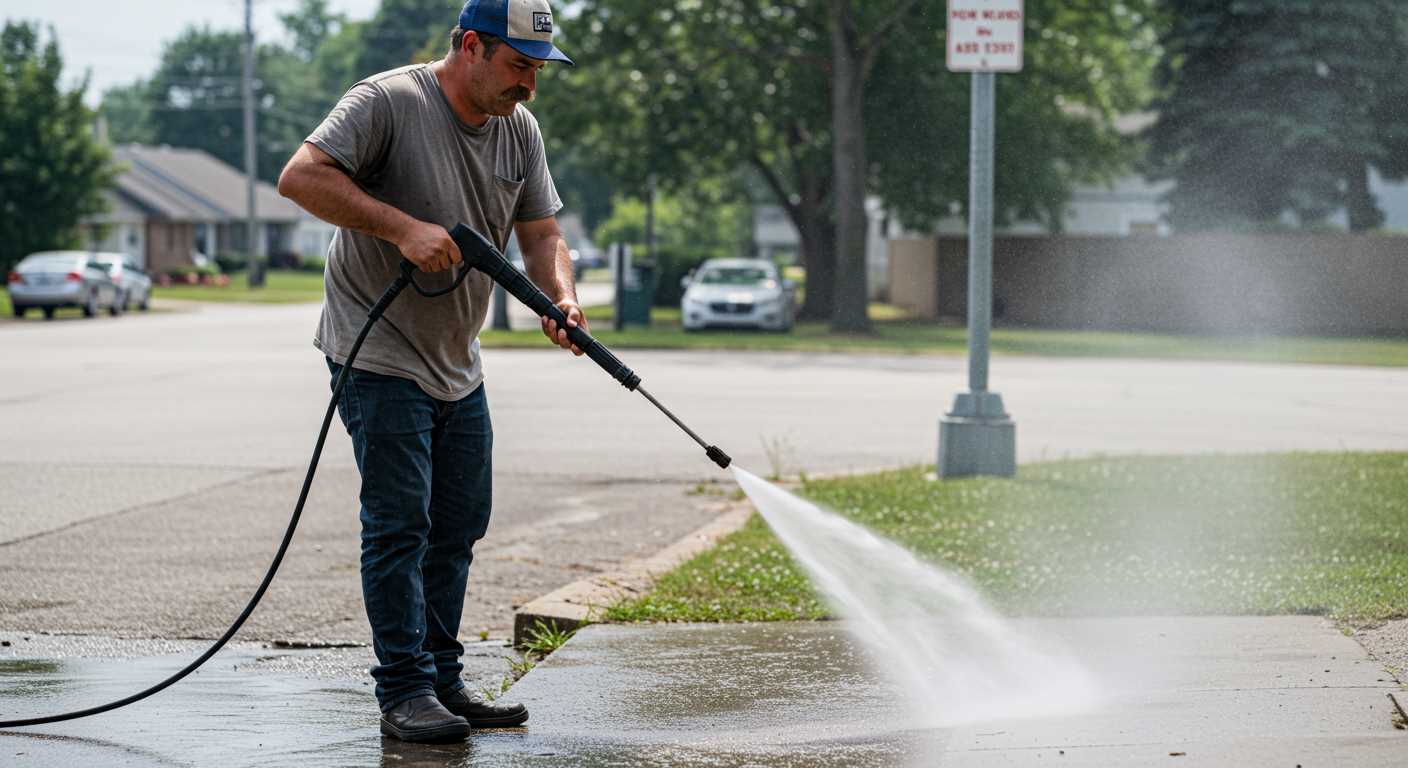
Check the spark plug condition regularly to ensure the engine runs smoothly. A worn or dirty spark plug can hinder ignition, making it difficult to crank the engine. Remove the spark plug with a socket wrench and inspect its appearance.
Signs of Wear and Damage
Look for signs such as carbon buildup, corrosion, or burn marks. A white or extremely black tip indicates improper fuel combustion or an air-fuel mixture issue. If the spark plug is excessively worn or damaged, replacing it is advisable to restore optimal performance.
Maintenance Tips
For maintenance, clean the spark plug with a wire brush or replace it if necessary. Ensure the spark plug gap matches the manufacturer’s specifications, as an incorrect gap can also lead to ignition problems. Regular checks and timely replacements can greatly improve the engine’s responsiveness and ease of starts.
Assessing the recoil starter mechanism for faults
Begin by inspecting the recoil starter mechanism for any visible wear or damage. Common issues include a frayed or broken pull cord, which can lead to excessive resistance during operation. If the cord is worn, replacing it is a straightforward task that often resolves starting difficulties.
Check the spring tension
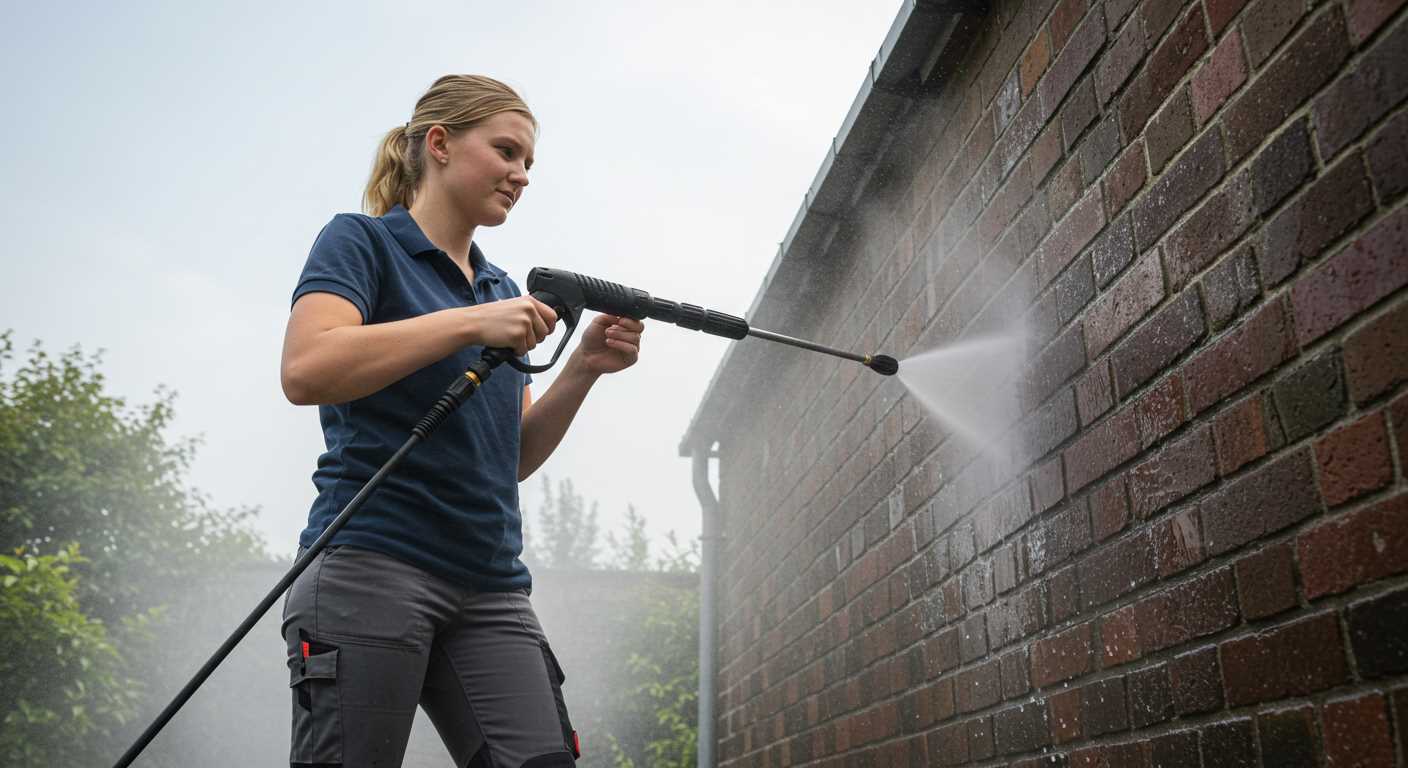
The recoil spring plays a significant role in the ease of operation. If it’s loose or damaged, it may not retract the cord effectively. Test the spring tension by manually rotating the starter pulley. It should have a firm resistance. If it feels weak or sluggish, you should consider replacing the spring.
| Symptoms | Possible Issues | Recommended Actions |
|---|---|---|
| Poor cord retraction | Damaged recoil spring | Replace the recoil spring |
| Frayed pull cord | Worn cord | Replace the pull cord |
| Binding or sticking starter | Debris or rust in the mechanism | Clean the recoil mechanism |
Lubrication and maintenance
Regularly lubricate the moving parts within the recoil starter assembly. Use a light machine oil to ensure smooth operation. Accumulation of dirt can hinder performance, so perform routine cleaning to keep the system functioning optimally.
Finally, assess the alignment of the starter housing. Misalignment can create friction, making it challenging to engage the recoil mechanism. Adjust as needed to ensure proper fitting.
Investigating potential air blockages in the carburettor
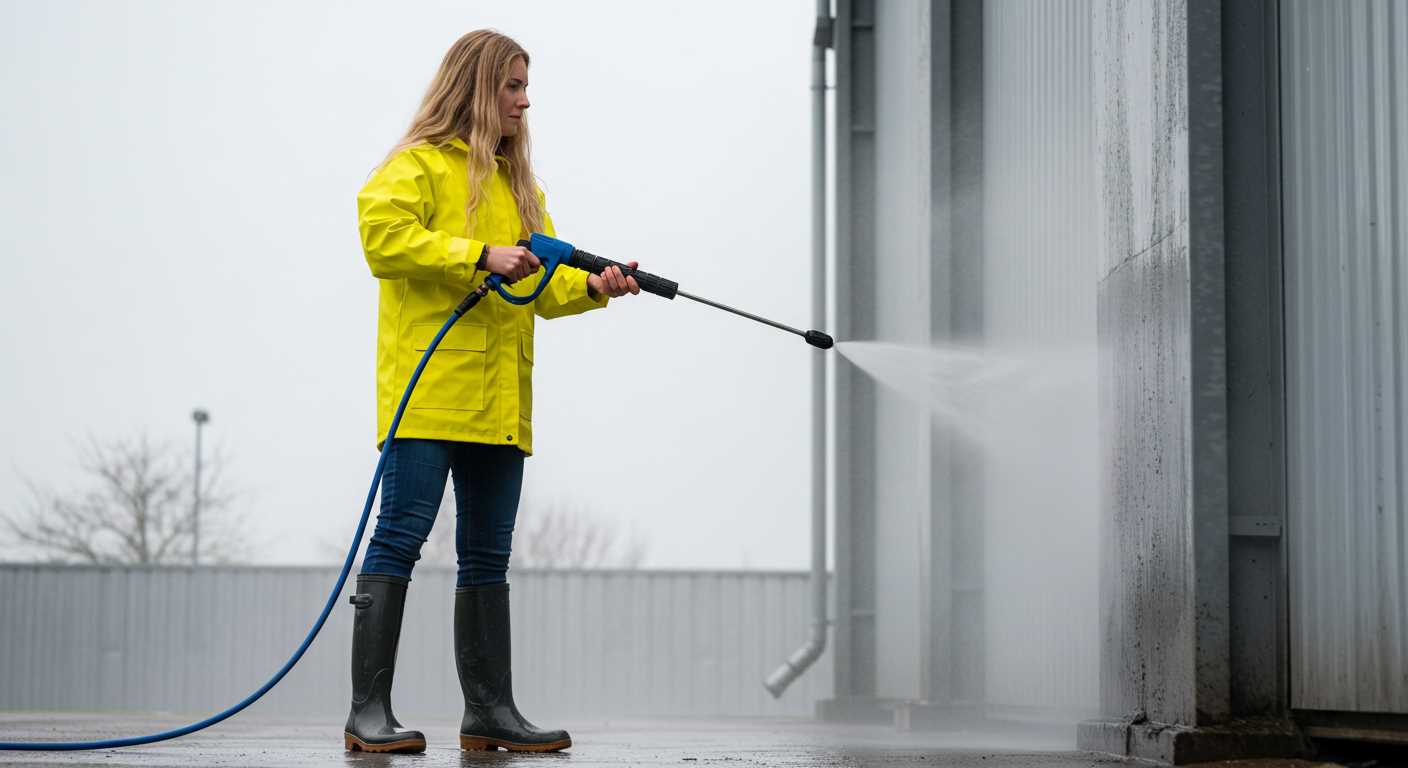
Inspect the carburettor for any air blockages that may impede engine performance. Start by removing the air filter; a blocked filter restricts airflow, making ignition difficult. If it’s dirty, replace or clean it thoroughly.
Next, check the inlet and outlet ports on the carburettor for dirt or debris. Use a compressed air canister to blow out any obstructions, ensuring a clear passage. Examine the carburettor gasket for wear or damage–air leaks can cause irregular fuel delivery, significantly affecting starting ease.
If you encounter persistent issues, consider disassembling the carburettor for a thorough clean. Pay particular attention to the jets and passages; a clogged fuel jet can lead to poor fuel atomisation, resulting in starting problems. Use a fine brush or specialised cleaner to ensure all parts are completely clear.
After reassembly, remember to adjust the mixture settings as recommended by the manufacturer to optimise airflow and fuel ratio. This adjustment plays a crucial role in how smoothly the engine operates during ignition.
Regular maintenance of the carburettor helps prevent air blockages and contributes to optimal performance, ensuring a smooth running engine for future use.
Evaluating the oil levels and their effect on engine performance

Maintaining the correct oil level is paramount for smooth engine operation. I recommend checking the oil frequently, especially before using your equipment. Insufficient oil can lead to increased friction, overheating, and ultimately, difficult ignition.
To evaluate oil levels, first, locate the dipstick or oil fill cap. Remove it, wipe it clean, then reinsert and remove to gauge the oil level. Ensure the oil falls within the designated range. If low, add the recommended type of oil to avoid damaging the engine.
Using the appropriate oil grade also impacts engine function. Refer to the owner’s manual for specifications. Using incorrect oil can affect lubrication, leading to sluggish performance during ignition attempts.
Old or contaminated oil should be replaced promptly. Signs of degraded oil include a dark colour, gritty texture, or a burnt smell. Regular oil changes, as specified in the maintenance schedule, enhance engine efficiency, ensuring a smoother cranking process.
Pay attention to oil leaks as well; even minor leaks can gradually lower oil levels, impacting performance. Address any leaks immediately, as they can contribute to starting difficulties and other complications.
Regular monitoring and maintenance of oil levels not only improve performance but also extend the life of the engine. Taking these steps ensures that the equipment runs smoothly and starts effortlessly when needed.
Inspecting Maintenance History and Its Influence on Starting Difficulty
Review the maintenance records to understand the frequency and quality of care the equipment has received. Consistent upkeep guarantees that components such as the carburettor and ignition system remain in optimal condition. Any gaps in maintenance might lead to build-up or deterioration that obstructs initial performance.
Assessing Past Repairs and Replacements
Examine any documented repairs or parts that have been replaced. If the engine or fuel system components were serviced only a long time ago, they may require further intervention. For instance, if seals or gaskets have not been changed, air leaks can develop, impacting ignition efficacy.
Frequency of Service Checks
A regular service schedule ensures that no issues are overlooked. If maintenance checks are infrequent, dirt and debris can accumulate, complicating the operation. Cleaning the filters and ensuring the fuel system is clear reduces the resistance that could affect firing up. Keeping a log of when oil changes and spark plug replacements occurred is essential in identifying patterns that lead to starting issues.
Staying aware of the unit’s history enables a proactive approach. Understanding previous problems can guide me in diagnosing current challenges effectively. A thorough maintenance history enhances reliability and performance, making it easier to prepare for successful operation each time.

